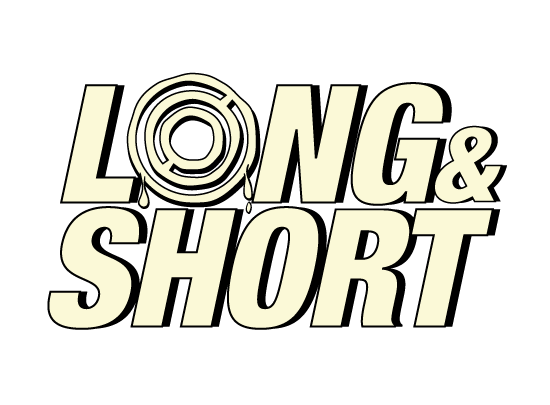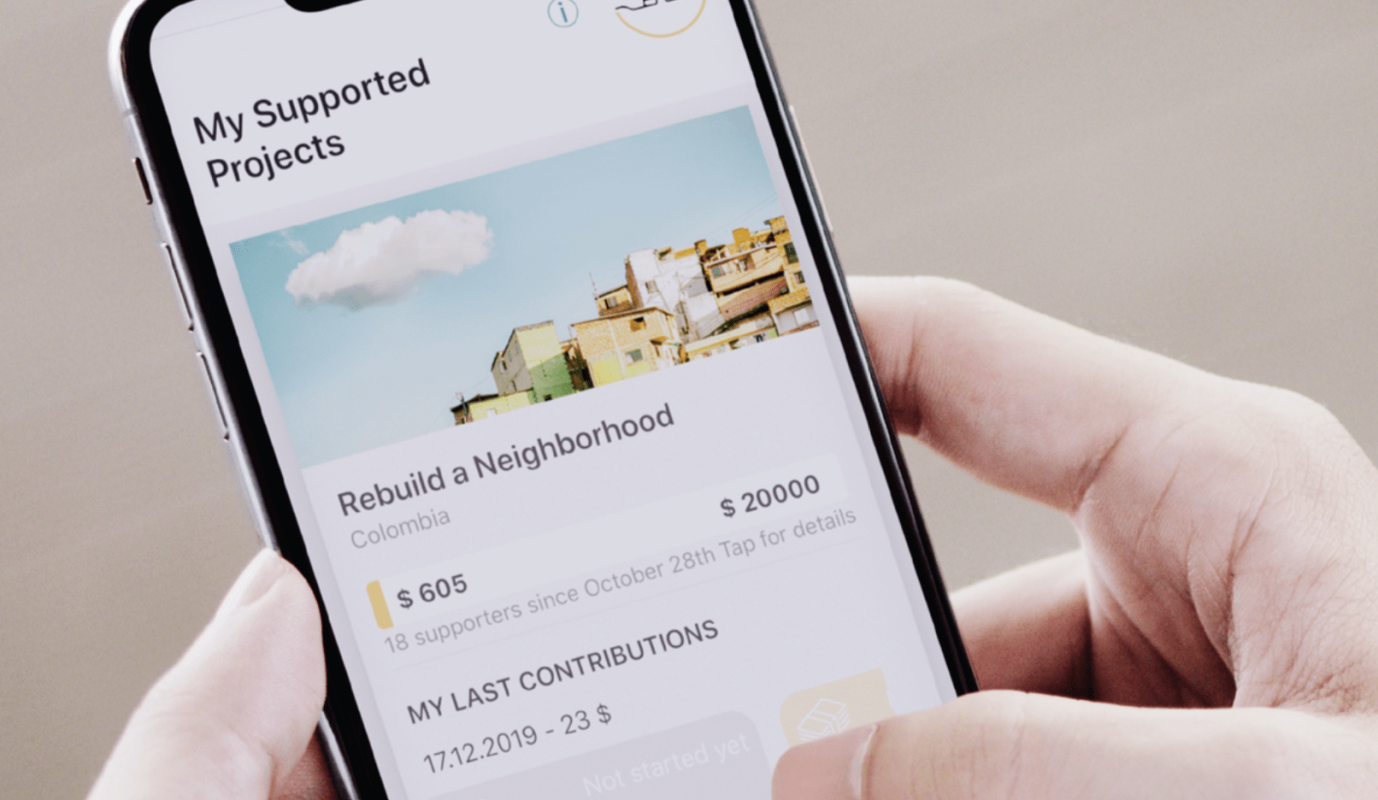Anyone worth their salt in speciality coffee will strive to offer more transparent information about the coffees that they sell. In fact, transparency is required to ensure farmers and their families are being paid fairly.
Often, it’s not nearly enough.
The question is: what if you, the end consumer, were able to tip the farmers directly — and the ability to do so was right at your fingertips?
The path to transparent enlightenment
It’s a question we frequently ask ourselves: where exactly does this speciality coffee come from?
To begin with, we need to shine a torch on the ubiquitous blend.
Blends seek – almost – to disguise the origin of the coffee. In the best cases – this is to provide consistency for the product throughout the year. And in the worst cases, to reduce costs by bulking the product with cheaper and inferior coffee stock. Like Robusta.
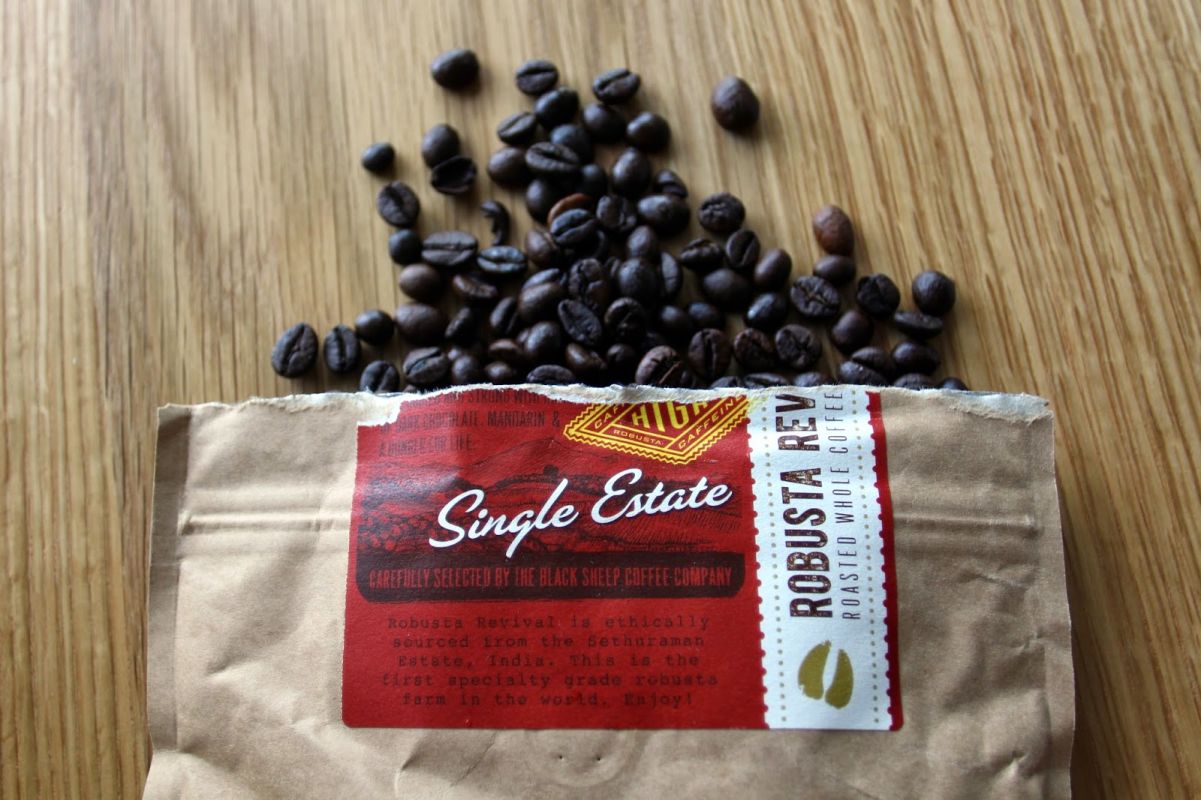
Usually the packet is furnished with a vague footnote containing the regional breakdown by country/percentage – and that’s about it.
A blend is a product
Importantly, this lack of information really boils down to the very essence of the problem; blends are effectively beyond coffee. In short, they’re a “PRODUCT” in the very modern sense of the word.
And whilst naysayers continue to proclaim that Italian blend recipes are still numero uno for espresso making: the industry has called it out for what it is. Poppycock. In the end Italian espresso will always have its place, but single origin espresso is fine in its own right, if not even better.
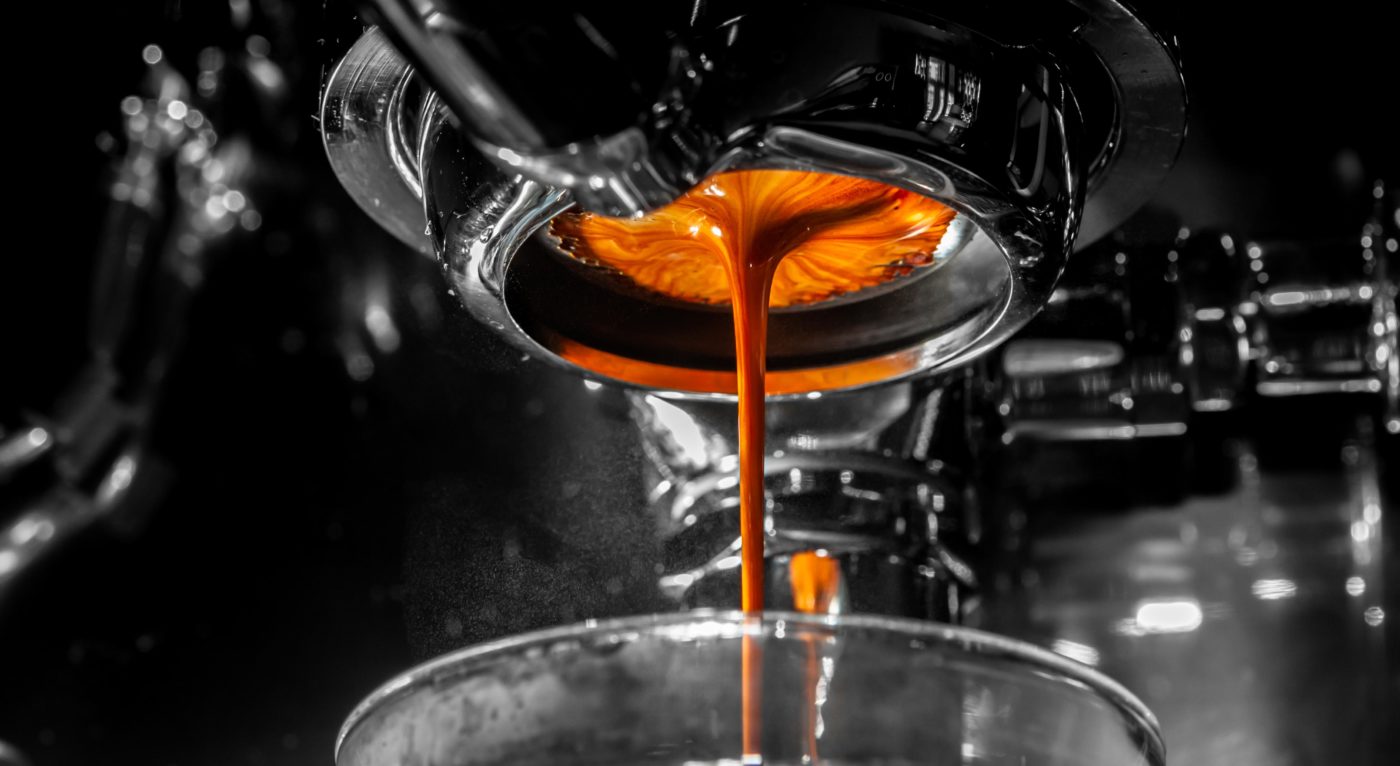
Speciality coffee turns to origin
Anyway, if we want to reverse engineer the “PRODUCT” then we need to go back to its origin.
The birth of the speciality coffee industry spawned what has commonly become known as third wave coffee.
Not only did single-origins become more popular, customers also wanted information about the people behind the coffee. Information about the farmers and their pay: coffee drinkers started to look for Fairtrade accreditation.
At this point it feels like we are finally connecting coffee drinkers not just to their senses, but to the people who make it happen in the first place.
Quality benefits everybody
So now coffee people care about farmers. Great. Let’s focus again on quality: the coffee industry has seen some real progress in the last 10 years.
In large part, this is due to the work of the green coffee importers. Especially since they recognised that, in the long run, focusing on quality and transparency is a zero-sum game for everyone involved.
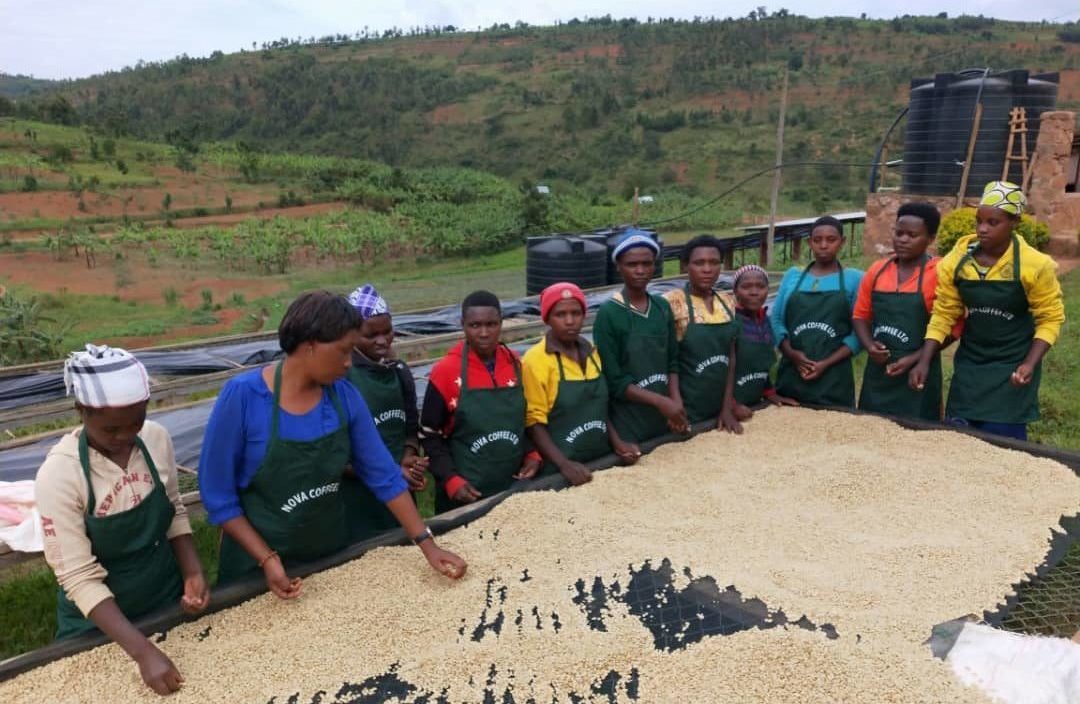
The quality value-proposition considerations are as follows:
- A trend towards consumers wanting better quality and traceability of their purchases across the board
- The need for coffee farms to be paid properly
- An efficient business opportunity to make more money with less trading volume
- A growing need to address the lack of biodiversity in the world of coffee
Build your own value chain
To begin with, the marketing spiel will, of course, talk endlessly about farmers’ pay (2), but most businesses operate on the need to make a profit. Therefore, the profit markers (1,3) are probably the real drivers behind any change. Regardless of its impetus though, a focus on quality is of benefit to everybody and so we end up with:
- Higher quality produce for the coffee drinker
- Better pay for the farmers
- More profit for the businesses involved
In fact, the green importers have gone as far as building entirely new farms, cooperatives and washing stations in the pursuit of better quality. For example, The Red Associations by Raw Materials have demonstrated this with all the work they have done in Colombia and beyond.
Lastly, number 4 is the perennial Arabica issue. Due to 98.8% of the world’s coffee deriving from the same genetic ancestry, the lack of biodiversity could lead to future extinction of the species. Of course, this is a huge problem but one that isn’t really high on the agenda for most of big coffee just yet. Unfortunately, the biodiversity issue is one we will just need to keep an eye on for the future.
Transparent needs
Today, we have a relatively good benchmark for transparency — especially compared to where we were before.
In addition to simply comparing a coffee by its country of origin, we now have coffee aficionados comparing regions like “Aricha”, or “Guji”, and attributing qualities based on each.
Furthermore, we are also proud to be part of a movement that has qualities attributed to specific farms and farmers.
However, when speaking of Aricha and Guji, we need to consider this; Ethiopia probably isn’t the best origin to focus on. After all, Ethiopia is famously the birthplace of Arabica coffee and already has a lot of focus on it, not only from the coffee industry, but also at home; the Ethiopian government has spent a near-eternity trying to protect its most precious commodity. (Ethiopia needs an entirely new post to discuss that situation, but I digress.)
The commercial grade coffee problem
If we don’t focus on Ethiopia, then where? The answer is that the additional transparency is actually most needed for the regions generating the highest volume of commercial grade coffee.
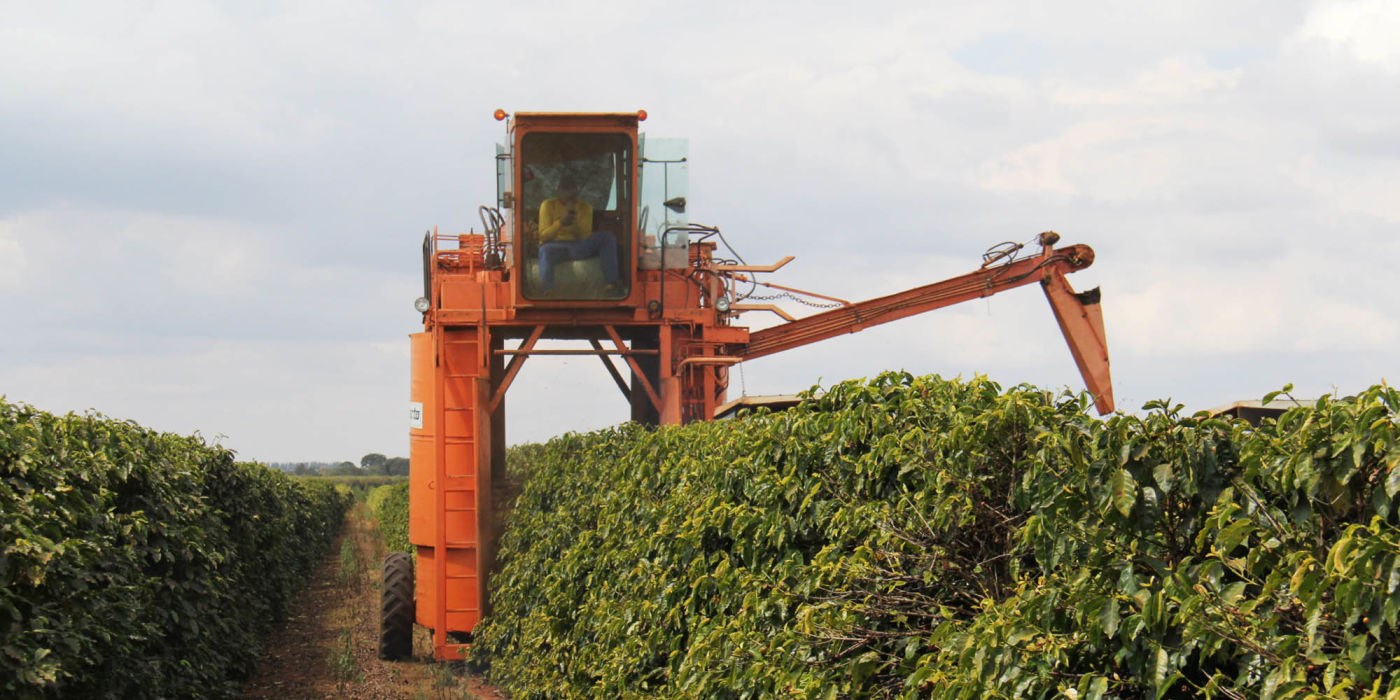
Which means regions like Brazil, Colombia, India and more recently Myanmar and Vietnam are crying out for changes to improve the value chain, and in some of the darker coffee regions: to avoid corruption.
Above all, the focus again is on quality of agronomy. To produce a better product. Earn more for the farmers. And offer greater transparency to the end consumer.
Transparency vs. traceability
We’ve established that transparency is really quite the hot topic today. However, with all the commotion around origins and the people on the farm, it’s easy to forget about the full end-to-end journey of the product in question.
Where has the coffee been? Via which countries? Did it travel by road, sea or air? Or a combination of all three? How do I really know what I’m getting?
Herein lies the alter-ego of transparency. Traceability. The problem is we have enough trouble obtaining the data on the origin, the farm and the washing station.
How on earth are we expected to gather data from all the journeys these products are making?
Enter: blockchain for agriculture
Er, yep. My mind exploded as well. I’m not particularly keen on the idea of cryptocurrency even at the last mention of Bitcoin.
Why is this even relevant to coffee?
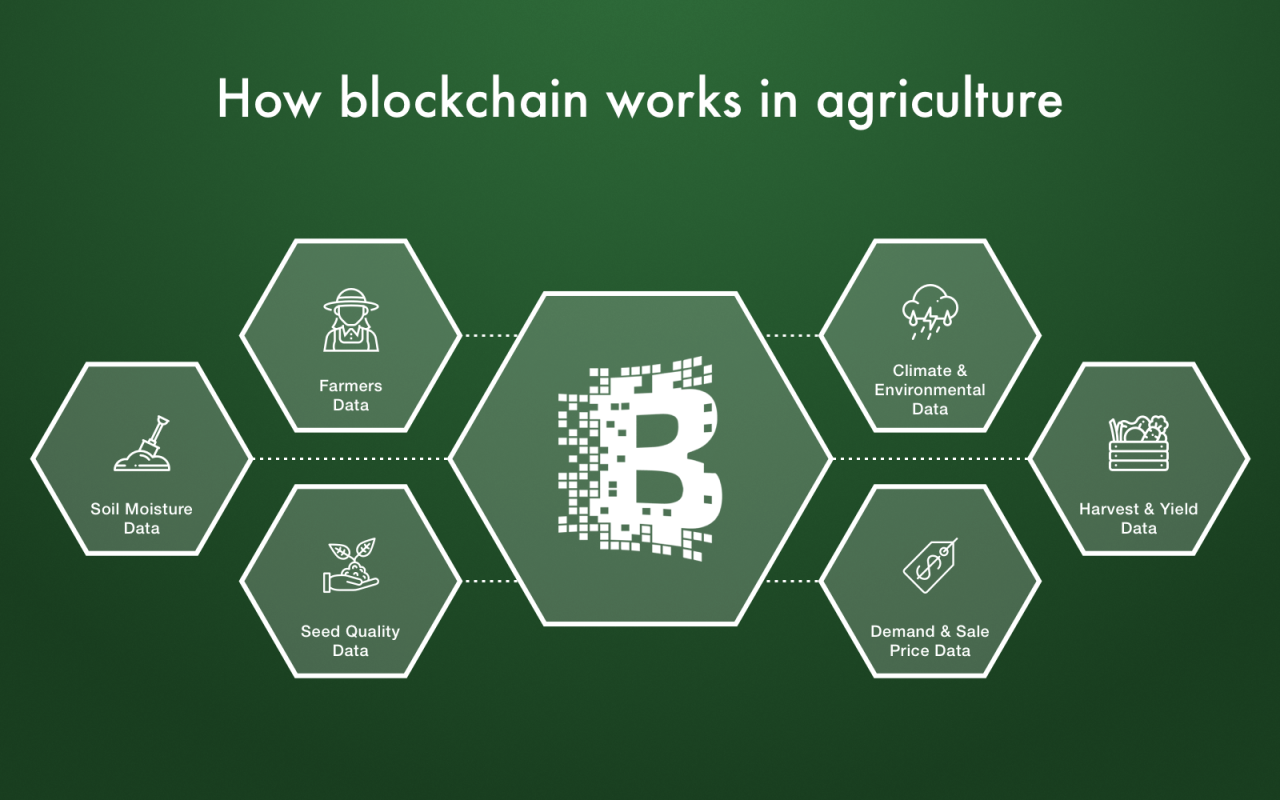
Well, thanks to a research initiative piloted by The Dutch Ministry for Agriculture in 2018, the industry of “Blockchain for Agrifood” was kickstarted.
Their pilot study to investigate the future potential of the use of blockchain in agriculture value chains (say that in one breath) indicate that the technology will enable food to be traced from farm to shop in just a few seconds.
What even is a blockchain?
Ok, it’s probably a good idea to start at the beginning and understand what this technology is, and is not.
It is…
- …complex, however, in its simplest form, the blockchain is a highly secure mechanism for storing digitised transactional data.
- …a decentralised platform that lives in the cloud, and is formed by a huge network of computers.
- …a platform that allows peer-to-peer transactions to occur transparently.
It is not…
- …a single database, or entity that lives in any specific place.
- …owned by any single company or person.
- …susceptible to fraud; in fact – it can be used to fight illicit trade.
Let’s take a closer look at how this benefits trade.
The benefits of blockchain in agriculture
Peer-to-peer transactions allow complete transparency as well as a reduction in the number of parties required for the delivery and to settle payment. As a result, this means a more efficient, faster, transaction, at a lower cost.
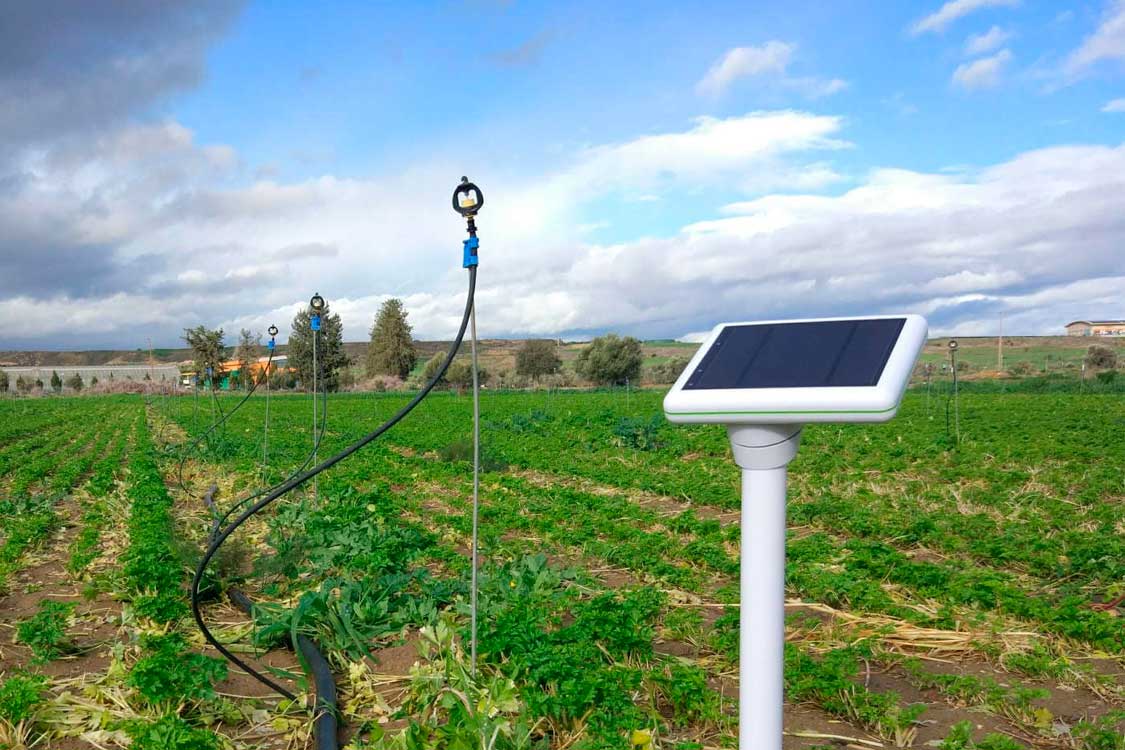
Agronomy controls like IoT sensors will help to automate farming processes. So with the data being submitted to the blockchain, smart contracts could further revolutionise the way produce is bought and sold.
Weather controls and tracking can help to highlight issues that have affected the harvest, and caused price changes to the end customer. Thus also allowing the farmer to claim insurance with the use of smart contracts.
Financial transparency will aid farmers with data about credit records and financial agreements, which will mean greater access to funds and liquidity in times of hardship. In short, this will mean that small holders will not be forced to sell their crop for rock bottom prices when they find themselves caught out.
Agrifood start-ups were quick to arrive
Some examples of agricultural blockchain startups to already hit the market include:
- AgriChain – enabling peer-to-peer agricultural transactions and processing while cutting out the middlemen
- AgriDigital – platform to help process complex agricultural transactions through smart contracts.
- AgriLedger – UK social enterprise project supporting farmers in tracing food origins, getting easier access to financing, and storing transactions data.
- Demeter – digital hub to rent and farm micro fields anywhere in the world – with no middlemen
- Etherisc – startup offering crop insurance to farmers via its decentralised insurance applications
- Ripe – a transparent digital food supply chain, the startup harnesses quality food data to create the Blockchain of Food
- TE-FOOD – identification tools to livestock, transports, and fresh food packages to follow the items throughout the whole supply chain
- Worldcovr – crop insurance to protect against loss of yield using satellites to monitor the rainfall and trigger payouts automatically
And finally: how to tip a farmer from your iPhone
Hopefully you haven’t felt robbed after clicking a clickbait’y title to wade through an in-depth thought piece on coffee transparency?
“The aim is humanizing each coffee drinker’s relationship with their daily cup”
David Behrends, founder and president of Farmer Connect.
Thank My Farmer App
The “Thank My Farmer” app was conceived by Swiss start-up: Farmer Connect.
The app utilises blockchain alongside other emerging technologies like artificial intelligence and Self Sovereign Identity. Such technologies allow Farmer Connect to provide all the benefits of blockchain in a single platform created for the coffee industry.

Firstly, Farmers are able to sign up for a “Farmer ID”. And this provides the farmer with access to a digital wallet, not dissimilar to the Apple or Android Pay wallets you may already have on your phone.
Next, intermediaries (like roasters; like us!) will be able to log in to the platform to provide and extract data too. We can pull down the data relevant to the information we need to provide on the packaging. Then we can upload our final product information to add to the blockchain.
The return of the QR code
Last but not least, consumers are able to scan a simple QR code from the coffee packaging with their phone and instant access is then provided to whatever data is available. (Wow, something worth using a QR code for.)
Such data not only includes information about the farm, the farmer, and the washing station. It could also include information about the conditions for this year’s harvest. And any financial support the farmer might be trying to raise.
Currently, the project is still in its infancy and will likely take a little time to gain traction.
Ultimately though it’s still an impressive move in the right direction for the coffee industry.
Long & Short X Thank My Farmer?
There’s a possibility that we are working with a supplier who will be adopting this technology.
Therefore with the simple addition of a QR code printed on our bags, you will be able to unlock all of this information with your electronic device.
I guess what I’m really getting at is this: soon you just might be able to grab a bag of Long & Short coffee, then tip the coffee farmer from your iPhone.


